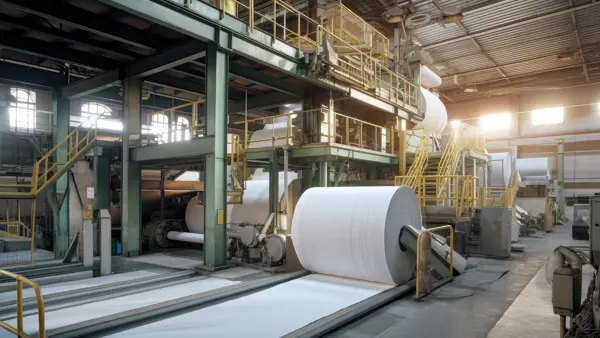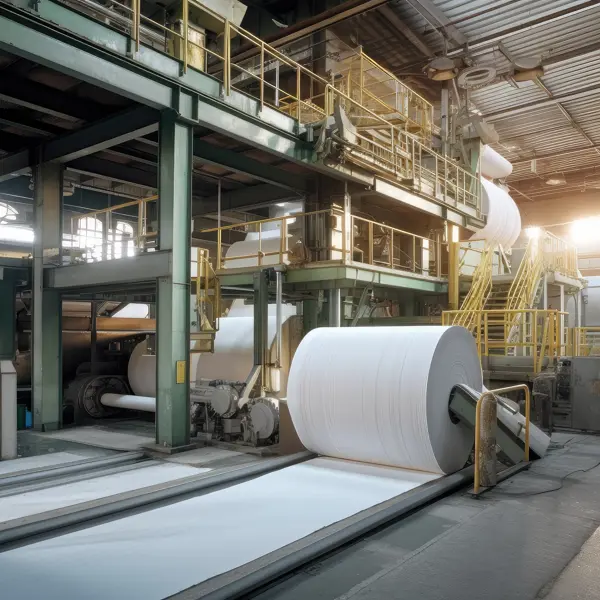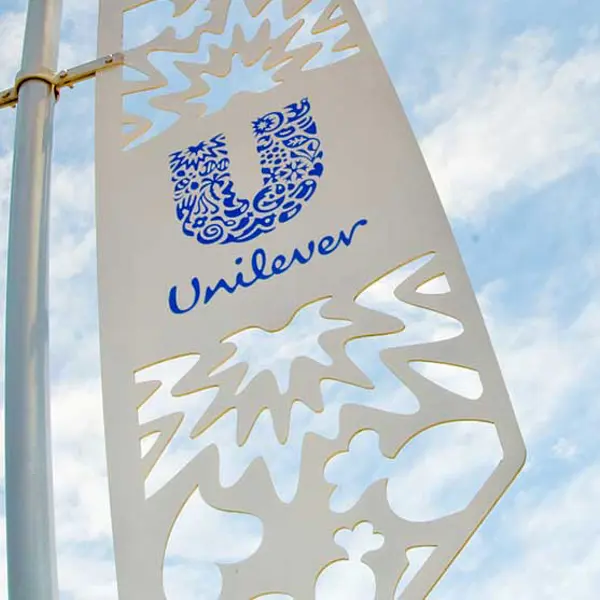Manufacturing on SAP: Turn Data into a Strategic Asset with a Data Platform
Empower your manufacturing operations by transforming SAP data into unified, AI-ready insights with Microsoft Fabric’s future-ready data platform.

The modern manufacturing landscape is a complex web of shifting supply chains and dynamic market trends. Manufacturers today need to enhance productivity, improve decision-making, and improve efficiency.
That’s why your data has become more than a byproduct of operations—it’s a strategic asset that must be contextualized properly to keep your business competitive.
But for companies relying on SAP, unifying data from different sources and leveraging it for strategic insights could present a major hurdle. That’s where the Microsoft Data Platform— on Fabric— steps in.

Why Standalone SAP Isn’t Enough Anymore
Growing data complexity
Like any application infrastructure platform, manufacturers running SAP at their core face the challenge of growing data complexity, particularly as they acquire business units with other data systems.
The cost of additional flexibility
Over time, many leading organizations with an SAP core adopt third-party tools for HR, CRM, and more. While this adds flexibility, it also introduces fragmentation that hinders data transparency and decision making.
Fragmentation represents the real risk
As leading manufacturers increasingly leverage the power of their data and generative AI, a fragmented data landscape represents a real competitive risk that will only become more of a challenge to tackle over time.
A data platform for all systems
And with various SAP applications sunsetting in the coming years, manufacturers urgently need a modern, integrated data platform that works across systems—not just within SAP.
Why It Matters for Manufacturers
You deal with vast amounts of operational data—from supplier inputs and production lines to regulatory requirements and global distribution.

Missing opportunities for efficiency...
...due to a fragmented IT landscape.
Slow reactions to supply chain disruptions...
...which represent significant costs and risks.
Risky compliance gaps...
...particularly with growing ESG regulations.
Sub-optimal equipment productivity...
...and bloated operational expenses
Labor scarcity...
...due to labor shortages and an aging workforce.
Escalating labor costs...
...affecting the bottom line.
With a modern Microsoft-based platform, manufacturers like you can:
- 1
Consolidate reporting across legacy ERPs
- 2
Enable predictive supply chain forecasting
- 3
Prepare for evolving regulations and sustainability standards
- 4
Leverage predictive maintenance and optimize machine performance
- 5
Utilize automation and workforce analytics to improve workforce planning
- 6
Optimize processes to make teams more effective

Why Microsoft Fabric for Data?
Besides being the industry standard for user friendliness across the full spectrum of business applications, Microsoft Fabric is now the go-to solution for a future-ready data platform. Why?
- Faster AI adoptions and efficiency gains, thanks to seamless compatibility with Microsoft’s AI features in Fabric designed specifically for improving manufacturing operations.
- Accelerated time to insights from Fabric’s industry-specific, out-of-the-box data models, including:
- Manufacturing industry data model: Unifies, enriches, and models manufacturing data from sources such as factory sensors, automation applications, and of course, SAP.
- Microsoft Cloud for Sustainability data model for faster, more efficient sustainability and ESG reporting.

- Better business insights, easier, as Fabric makes it easier than ever to break away from data silos and create a unified, enterprise data platform.
- Fabric is a true end-to-end data platform, which supports the full lifecycle of data from ingestion and governance to security and consumption. This means your team can become more efficient as they only have to manage one robust tool to achieve a wide range of tasks.
- Fabric’s transparent, consumption-based pricing model aligns with your organization’s actual usage, unlike traditional license-based structures which often lead to excess capacity, limited agility, and significant upfront commitments.
- Seamless integration with SAP and other ERP systems.
On top of that, many suppliers and business units already use Microsoft 365, making Azure an obvious fit thanks to its familiar interface, lower learning curve, and simplified rollout.
Accelerating Time-to-Insights with HSO's DnA Accelerator
Building a modern data platform from scratch can take months, especially if your current data model is fragmented due to your application landscape.

The technology
HSO’s DnA Accelerator cuts that timeline down from months to just a few weeks. By providing your organization with a governed, end-to-end configuration all the way from source system to data reporting—HSO enables you to setup faster with less risk. As a result, your team gets to focus on discovering valuable business insights.
The expertise
Beyond speed, HSO brings a critical ingredient to the table: industry expertise. We’ve built decades of experience helping manufacturers leverage data to gain a competitive edge, and we know how to structure your digital architecture so you can do the same.
- HSO deeply understands ERP data models (Dynamics, SAP, and others)
- Our teams bring functional and technical insight across finance, logistics, HR, and supply chain
- You benefit from a proven blueprint grounded in our experience implementing Fabric for real enterprises

Right Time, Right Platform
As manufacturers transition to S/4HANA or explore RISE with SAP on Azure, it’s the perfect moment to modernize the data layer too. With SAP hosted on Azure and Microsoft’s analytics stack layered on top, you get unified visibility and future-ready capabilities.
And thanks to solutions like HSO’s DnA Accelerator, the transition is no longer a multi-year odyssey—it’s fast, scalable, and backed by industry expertise.

—
Customer Case: Unilever Unlocks New Insights with a Unified Data Platform
As a global manufacturing leader, Unilever needed faster, more integrated reporting across its sprawling operations. Traditional, SAP-centered reporting methods could not keep pace with the company's ambitions for real-time visibility, innovation, and agility.

Working with HSO...
Working with HSO, Unilever implemented a Microsoft Azure-based data platform that connected SAP and non-SAP systems into a unified, cloud-native environment.
Leveraging Microsoft Fabric and Power BI...
Using Microsoft Fabric and Power BI, they gained a centralized view of critical business data, enabling faster insights, predictive analytics, and stronger governance.
This modern data foundation didn’t just improve operational reporting—it opened the door to AI, ESG tracking, and a new wave of digital innovation across the enterprise.
Thousands of reports were in use. The joint will to develop a single report that is user friendly for all end users was the driving force behind the success. We are proud that we have succeeded in creating a one stop shop with a single version of the truth.

Take the Next Step
Data is no longer just a backend concern—it’s a strategic enabler for growth, innovation, and resilience. If you're a manufacturer looking to modernize your SAP environment, the smartest place to start is your data platform.
Discover HSO’s DnA Accelerator and find out how quickly your organization can break data siloes and start extracting strategic insights.
Request Your Discovery Call
Want to hear if the Microsoft Data Platform is the right fit for you? Schedule your free 60-minute Manufacturing Platform Insights Discovery Call with our Manufacturing Industry Director.
—
In this session, you'll gain: peer benchmarking insights, real-world lessons from similar manufacturers, and tailored, actionable next steps for innovation.
—
Let’s identify the right path forward—together.
















